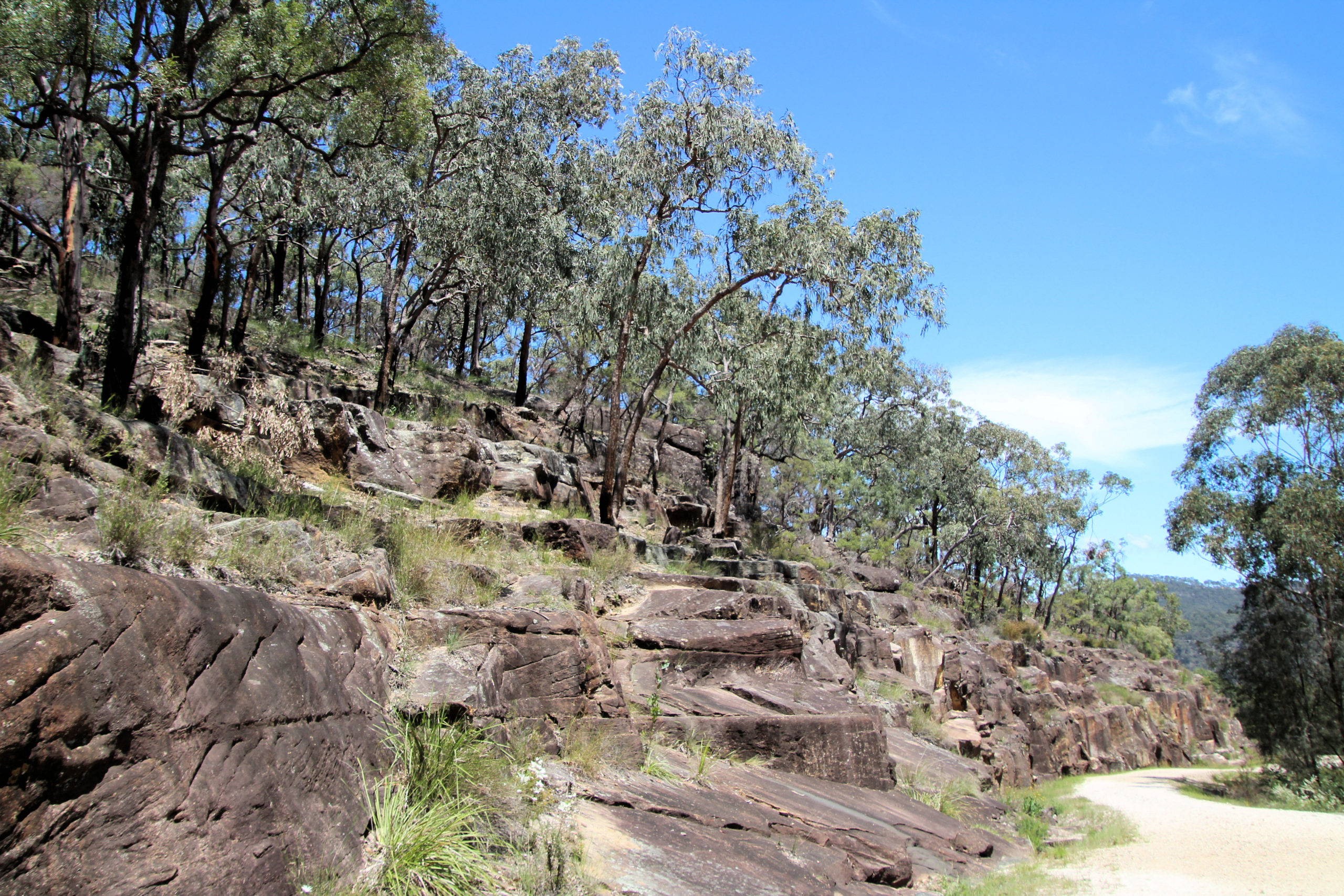Tag: Great North Road
-
Wisemans Ferry and the Great North Road

Wisemans Ferry Located on the New South Wales Central Coast and North of Sydney, Wisemans Ferry is a historic town connected to the Great North Road. Hawkins Lookout Wisemans Ferry Travelling north from Sydney, the road passes through some wonderful scenery with very tight windy roads in places. Just outside Wisemans Ferry is Hawkins Lookout… Read more
-
Great North Road Convict Trail

Built between 1826 and 1834 by convict labour the Great North Road was one of the first great projects undertaken by the colony of New South Wales. It was built to connect Sydney with Newcastle and the Upper Hunter Valley. Some of the stonework for culverts, buttresses and bridges can still be seen today. Getting To… Read more